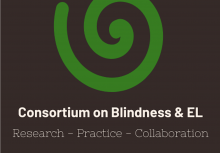As a field of TVIs (teachers of students with visual impairments) and blindness professionals, many of us do not feel prepared or equipped to work with English Learners (EL) who are blind or low vision. English Learners now make up more than 10% (National...
English Language Learners
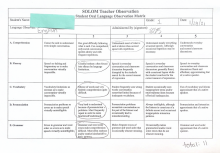
Posted by Heather Browne
How do we inform instruction?
In today’s world of education, it is paramount for a teacher to create and implement instruction that is geared towards all students. One of the most influential pieces to inform this instruction is data. This is a...

Posted by Conchita Hernandez
Finding a strategy for our English learners (EL) that are blind and low vision can be a struggle. This has to do with many EL strategies being picture-based, or not practical for the population of students we work with. We have likewise not been trained in...
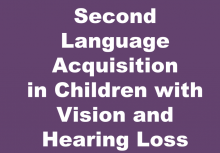
Posted by Charlotte Cushman
By Maria L. Muñoz, M.A., CCC-SLP, TSBVI
First Language Acquisition
Babies are born with the ability to distinguish speech from other sounds they hear, even though they do not understand what it means. By the time children reach school age, they...

Posted by Lisha Yochimowitz
Did you know that Paths to Literacy has articles in Spanish and French? We are lucky enough to have professionals in our community that are bi-lingual and can provide some of our articles in other languages as we try to meet the needs of our viewers with...
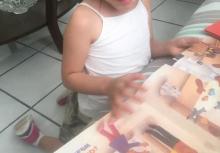
Posted by Conchita Hernandez
Statistics on English Language Learners in the United States
About 11% of our general education students are English Language Learners (ELL) or bilingual.
TVIs generally do not feel competent in working with this population....
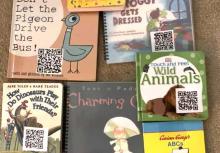
Posted by Samantha Richardson
I got a new student who is a 4-year-old pre-braille reader. He is homebound right now due to the pandemic and his parents asked for some activities that they can do with him. They are non-English speaking, so I add QR codes to braille books so...
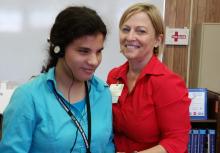
Posted by Renee Ellis
I was recently asked to add a challenging student to my caseload. What started out as one of the most difficult teaching situations of my career, turned out to be one of the most fun and rewarding I have ever had. While every student has unique needs...
Posted by Scott Baltisberger
In a nation with a large immigrant population, issues regarding bilingual education for learners with visual impairment arise on a regular basis. As children from Latin American backgrounds continue to comprise the majority of students with limited English...
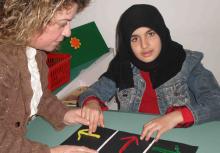
Posted by paula.conroy
These strategies for improving instruction of students who are English Language Learners (ELL) is a follow-up to Typical Language Development and Second Language Acquisition
. It is important to familiarize oneself...

